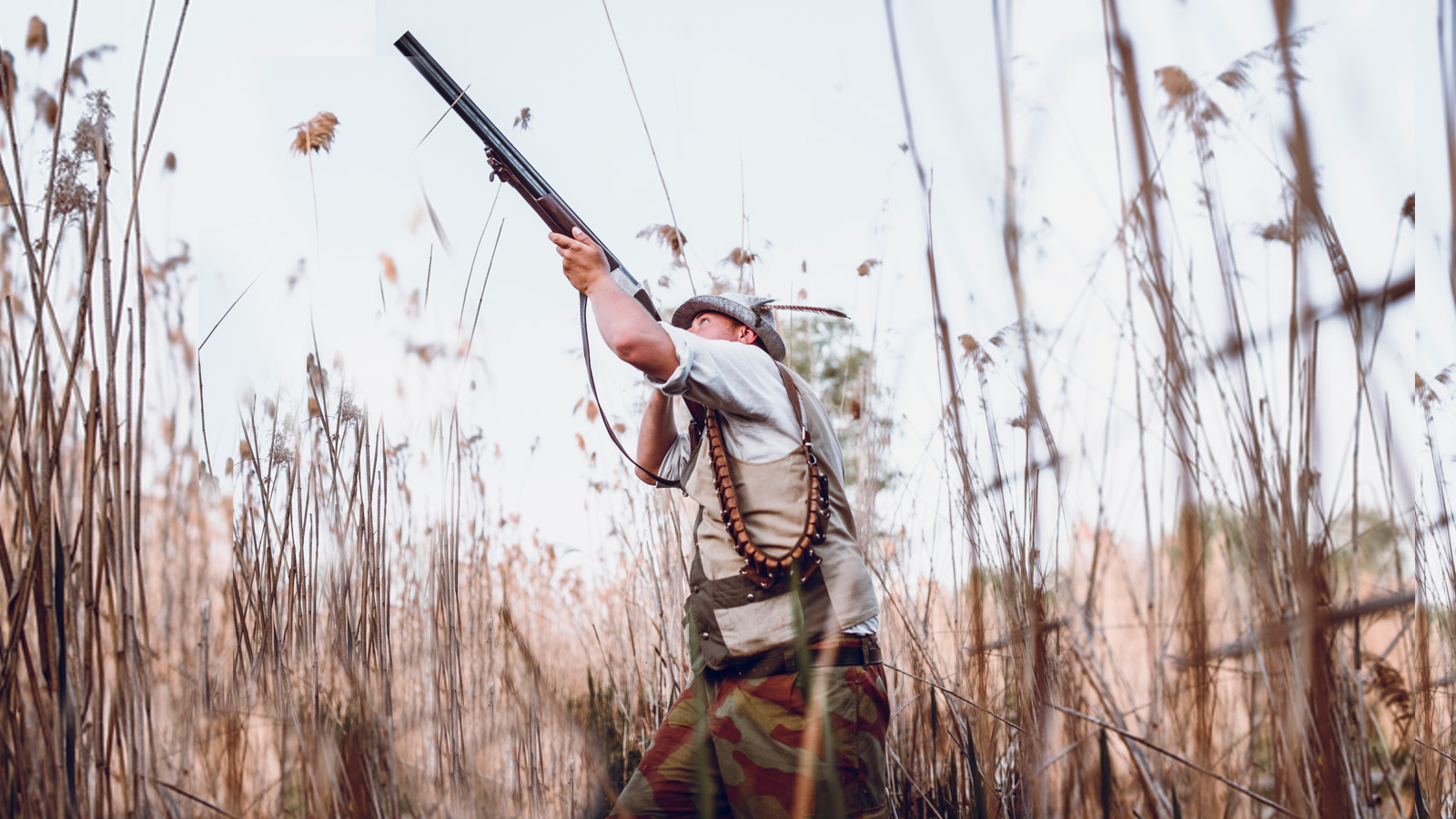
We see military personnel everyday shooting bullets in the air in a bid to either scare away civilians or announce their arrival to restore sanity to an already deteriorating event, either way, most people get to wonder where the bullets that are shot straight up into the air goes to and if by any chance they can cause any form of damage or injury.
“What goes up, must come down,” is an old saying that remains true for any object thrown or fired from Earth’s surface that fails to escape into space. Even a bullet, fired straight up at the maximum speed a gunpowder blast can accelerate it to, will never leave the lowest layer of Earth’s atmosphere. A combination of gravity and air resistance will slow it down until it reaches a maximum height, whereupon it will fall back down to Earth’s surface.
When it does, however, its landing location will be wildly unpredictable owing to the effects of wind and air. It will be traveling much slower than when it was first fired, as its terminal velocity (due to air resistance) is far lower than the initial muzzle speed. But even so, these falling bullets can injure or even kill people: something that’s most likely on July 4th and New Years in the United States. Here’s the science behind how “celebratory gunfire” can, and often does, kill people.
It doesn’t take a rocket scientist to realize that bullets are dangerous. When a typical AK-47 fires, the bullet leaves the muzzle at about 1500 miles-per-hour (about 670 meters-per-second), approximately double the speed of sound. Even though the bullet itself weighs only 0.2 ounces (with a mass of around 5 grams), it possesses the energy of a brick dropped from a 16 story building. With all that energy concentrated into a very small area, it can easily break through your skin, causing severe internal damage and even death.
But a bullet that’s fired straight up would only hit you with that same speed when it came back down if you were on a world without an atmosphere, such as the Moon. On Earth, however, we have a substantial atmosphere, which means we have air resistance, and that changes the entire story.
A bullet fired straight up on Earth, assuming there’s no wind, might still be able to reach a maximum height of around three kilometers (about 10,000 feet), and will then fall back down to Earth. However, just like a human skydiver only accelerates for a few seconds before reaching terminal velocity, the air resistance acting on the bullet will prevent it from reaching speeds even close to muzzle velocity ever again.
Instead, a falling bullet comes back down with a speed of only around 150 miles-per-hour (241 kilometers per hour), which is just 10% of the speed it was fired with. Because of how energy works (proportional to your speed squared), a bullet that falls from high in the air only possesses 1% of the energy of a bullet newly fired from a gun: the equivalent of a brick dropped from a height of just 50 cm (about 20 inches) off the ground.
In terms of speed and energy, this simple treatment does, in fact, correctly give us the properties of a bullet fired up into the air when it hits the ground. But in terms of location, bullets that are fired even straight up can actually come back down up to two miles (about three kilometers) away from where they were fired.
A 150 mile-per-hour bullet won’t be lethal in most instances, but there are two factors that can change the equation dramatically.
- Bullets that are fired at an angle, rather than straight up, may never stop and begin tumbling; instead, they can maintain much greater speeds: many hundreds of miles-per-hour.
- If a bullet has enough speed to break the skin, it can potentially be lethal; this occurs at different speeds for different bullets and different individual people.

The type of bullet used is tremendously important for determining whether it’s possible for a bullet to break your skin or not, as well as the type of skin in question. In general, the accepted threshold for where a bullet will break the skin barrier is 136 miles-per-hour, but the true figure varies wildly. Some combinations of perfectly round bullets impacting thick skin will bounce off a human at speeds up to 225 miles-per-hour, but that’s the ideal case.
A pointier bullet can move slower and still break the skin, as will a smaller-caliber bullet, having its force concentrated over a much smaller area. For instance (according to Mattoo’s equation):
- buckshot will perforate skin at 145 miles-per-hour,
- bullets from a .38 caliber revolver break skin at 130 miles-per-hour,
- 9mm handgun bullets can break skin at just 102 miles-per-hour,
- and a .30 caliber bullet will break skin at only 85 miles-per-hour.
There are also enormous variations in how easy it is to puncture skin: both from person-to-person and across different places on an individual’s body. Healthy adults tend to have the most difficult skin to puncture, as it’s both thick and high in elasticity. Babies and young children have thinner skin, while the elderly have thicker but low-elasticity skin, making it easier to tear or puncture. Even just on your face, the skin on your upper lip is 50% thicker than the skin on your cheek, while the skin just below your cheekbones (close to your nose) is even thinner, particularly in the elderly.
A large suite of military ballistics tests were compiled in a report by U.S. Army Major General Julian Hatcher, which determined that a .30 caliber bullet reaches a terminal speed of 200 miles-per-hour: enough to break skin in practically all cases. Source: FORBES






1 comment
Nice post